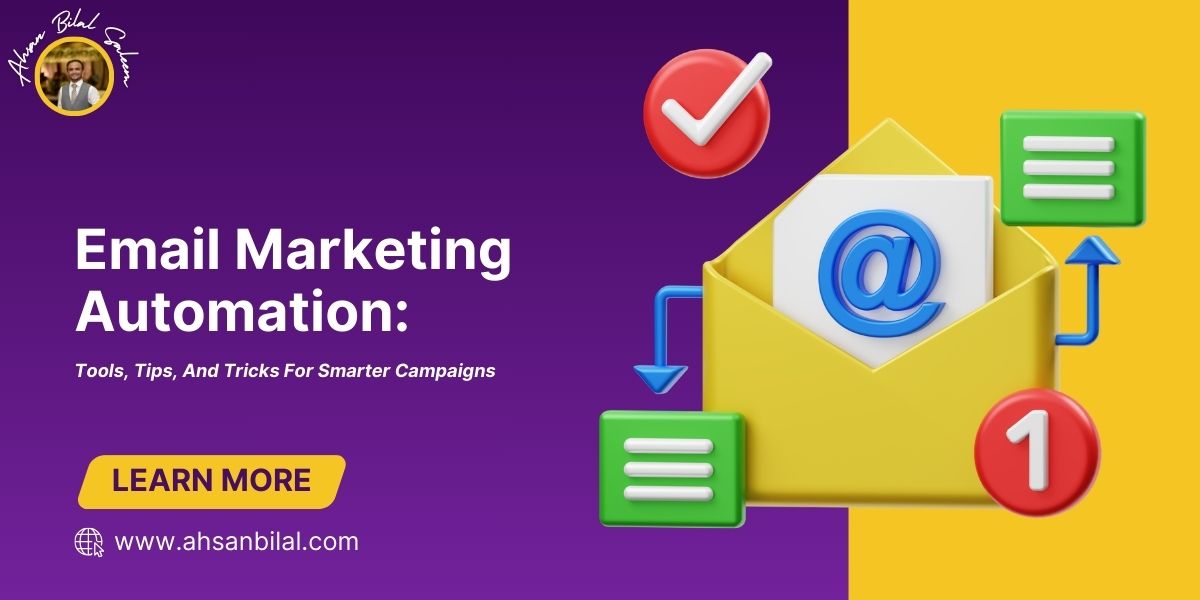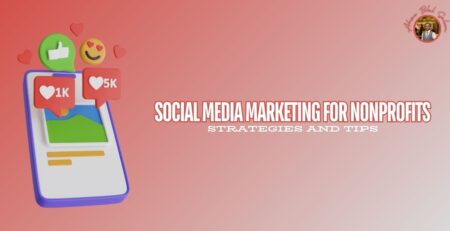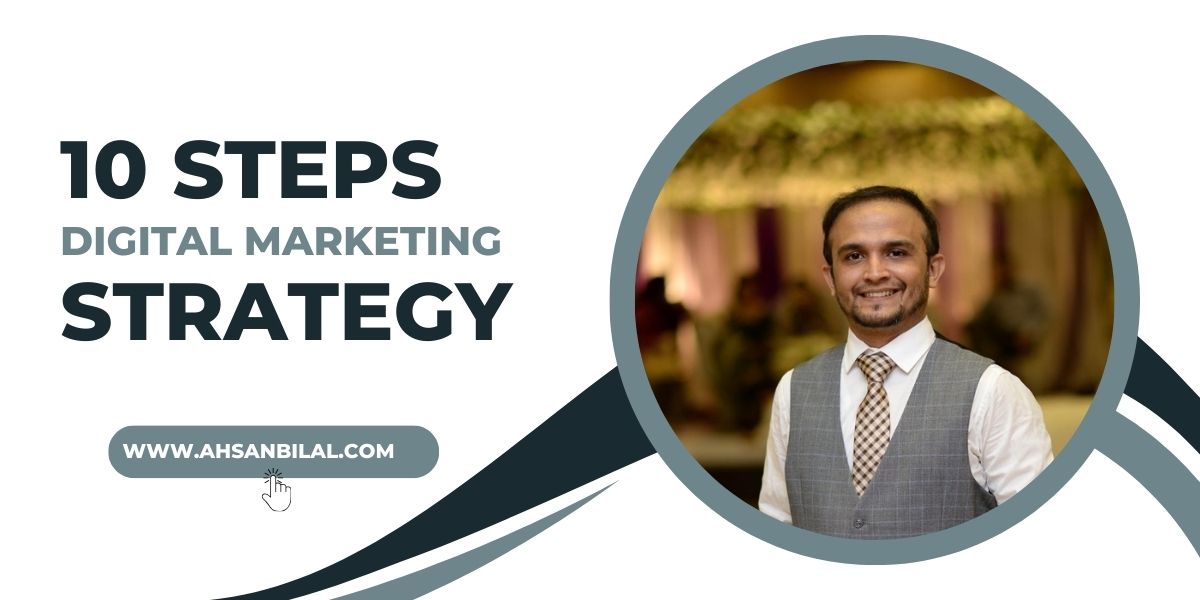Email Marketing Automation: Tools, Tips, And Tricks For Smarter Campaigns
In the fast-paced world of digital marketing, efficiency and personalization are key to staying ahead of the competition. Email marketing automation stands out as a powerful strategy that helps businesses engage with their audience in a targeted, timely, and efficient manner. By automating repetitive tasks, you can focus on crafting personalized content that resonates with your audience, ultimately driving better results. In this article, we’ll explore essential tools, tips, and tricks for mastering email marketing automation.
Understanding Email Marketing Automation
Email marketing automation involves using software to automate various aspects of your email campaigns. This can include sending welcome emails, follow-up messages, cart abandonment reminders, and personalized offers based on user behavior. The primary goal is to enhance customer engagement by delivering relevant content at the right time, without the need for manual intervention.
Top Tools For Email Marketing Automation
1. Mailchimp
- Features: User-friendly interface, pre-built automation workflows, segmentation options.
- Best For: Small to medium-sized businesses looking for an all-in-one marketing solution.
2. HubSpot
- Features: Advanced segmentation, CRM integration, A/B testing, comprehensive analytics.
- Best For: Businesses seeking a robust platform with CRM capabilities and advanced marketing features.
3. ActiveCampaign
- Features: Conditional content, dynamic segmentation, automation maps, SMS marketing.
- Best For: Businesses needing detailed automation workflows and CRM functionalities.
4. Sendinblue
- Features: Multi-channel marketing (email, SMS, chat), marketing automation, transactional emails.
- Best For: Companies looking for a cost-effective solution with multi-channel capabilities.
5. Drip
- Features: E-commerce integrations, visual workflow builder, personalized campaigns.
- Best For: E-commerce businesses aiming to create highly personalized customer experiences.
Tips For Effective Email Marketing Automation
1. Segment Your Audience
- Why It Matters: Segmentation allows you to send targeted messages to specific groups based on demographics, behavior, and preferences.
- How To Do It: Use your email tool’s segmentation features to categorize subscribers into different lists, such as new customers, repeat buyers, and inactive subscribers.
2. Personalize Your Emails
- Why It Matters: Personalized emails improve open rates and engagement by making recipients feel valued.
- How To Do It: Incorporate personal details such as the recipient’s name, purchase history, or browsing behavior into your emails.
3. Use Behavioral Triggers
- Why It Matters: Trigger-based emails are sent in response to specific actions taken by users, ensuring timely and relevant communication.
- How To Do It: Set up automation workflows to send emails based on actions like website visits, cart abandonment, or content downloads.
4. Test and Optimize
- Why It Matters: Continuous testing helps identify what works best for your audience, improving overall campaign performance.
- How To Do It: Conduct A/B tests on subject lines, email content, and send times to see which versions yield better results.
5. Monitor Analytics
- Why It Matters: Analytics provide insights into how your emails are performing, helping you refine your strategy.
- How To Do It: Regularly review metrics such as open rates, click-through rates, conversion rates, and unsubscribe rates.
Tricks For Smarter Email Campaigns
1. Welcome Series Automation
- Description: Create a series of welcome emails to onboard new subscribers, introduce your brand, and highlight key products or services.
- Benefit: Builds a strong initial connection and sets the tone for future interactions.
2. Re-Engagement Campaigns
- Description: Automatically send emails to inactive subscribers to rekindle their interest.
- Benefit: Helps clean your email list and potentially recovers lost customers.
3. Birthday and Anniversary Emails
- Description: Send personalized birthday or anniversary emails with special offers or discounts.
- Benefit: Enhances customer loyalty and engagement by recognizing important milestones.
4. Abandoned Cart Reminders
- Description: Automatically remind customers of items left in their shopping carts.
- Benefit: Increases the chances of recovering potentially lost sales.
5. Post-Purchase Follow-Up
- Description: Send follow-up emails after a purchase to thank customers, request feedback, or suggest complementary products.
- Benefit: Improves customer satisfaction and encourages repeat purchases.
Conclusion
Email marketing automation is a game-changer for businesses aiming to enhance their marketing efforts. By leveraging the right tools, implementing effective strategies, and continuously optimizing your campaigns, you can deliver personalized, timely, and relevant content that resonates with your audience. Embrace these tips and tricks to unlock the full potential of email marketing automation and drive smarter, more efficient campaigns.










